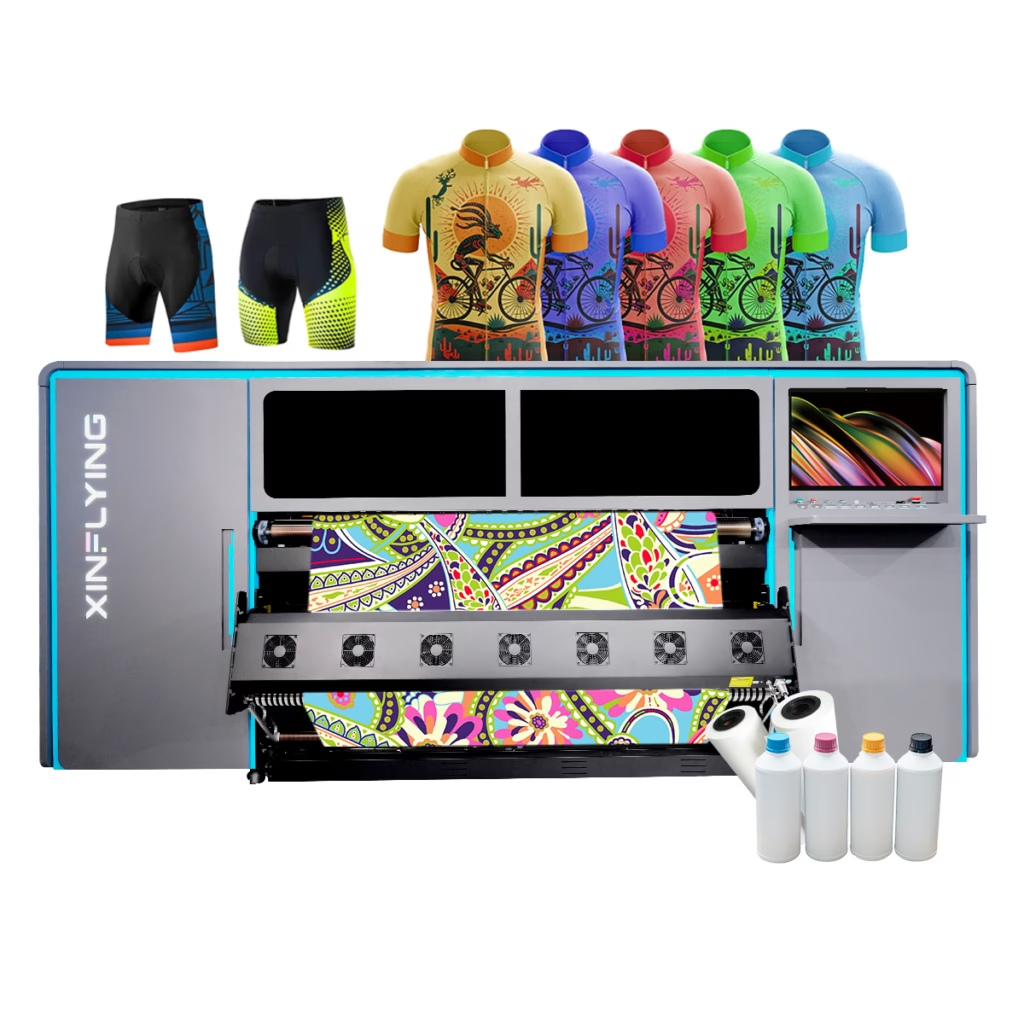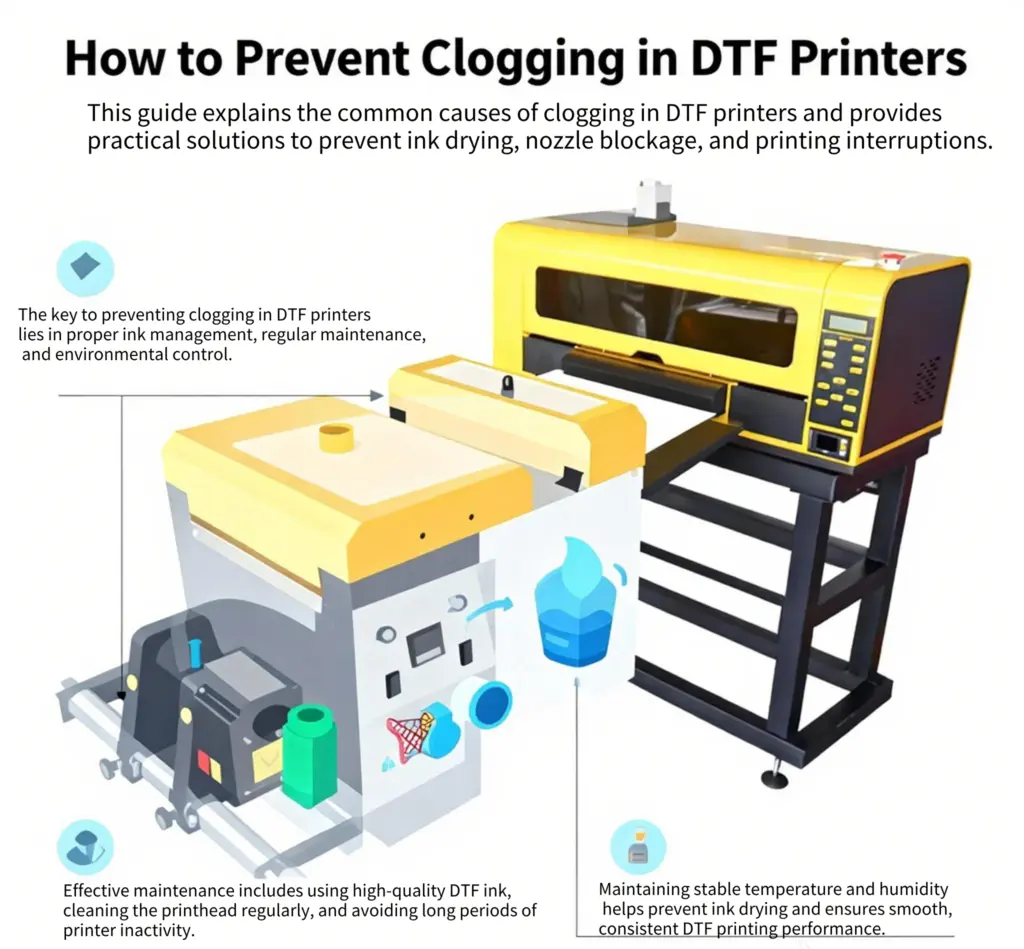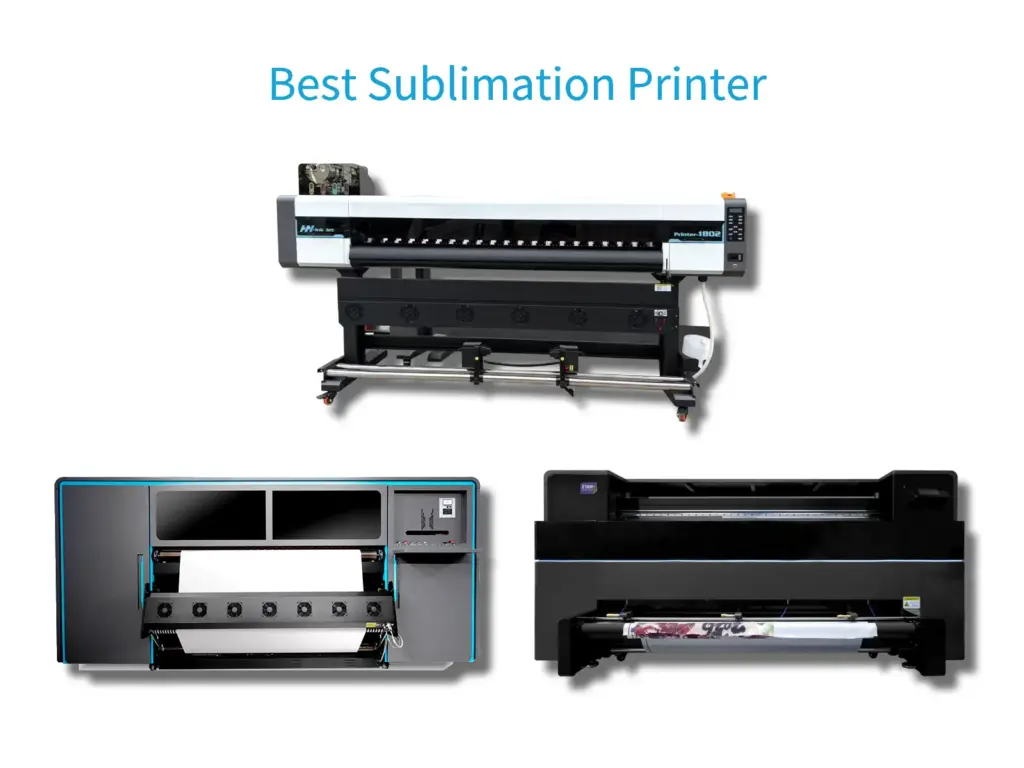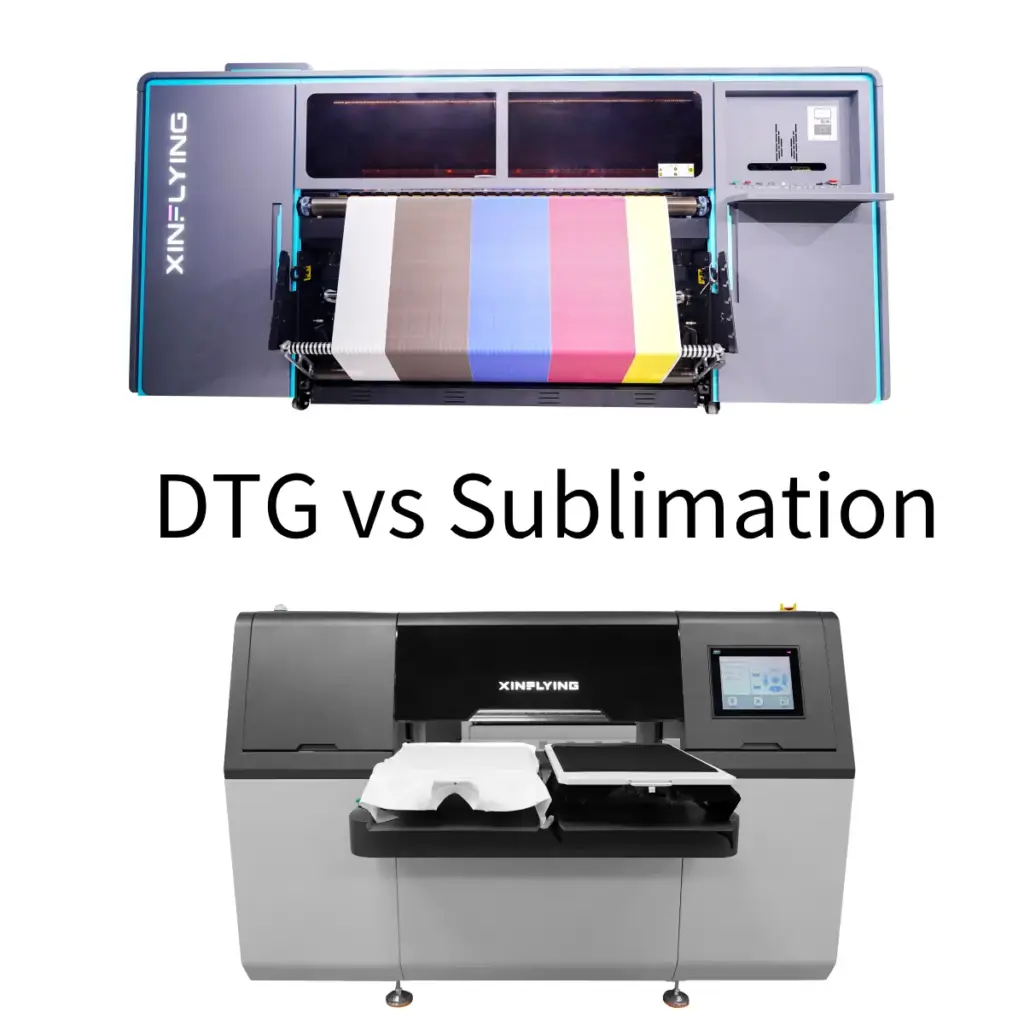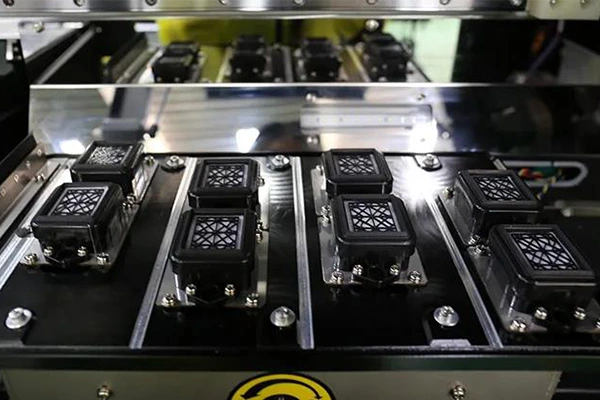
مرحبًا بك في الدليل الشامل لتنظيف رأس الطابعة DTF. في هذه المقالة الشاملة, سوف نستكشف أهمية الحفاظ على رأس طباعة نظيف, كيفية التعرف على علامات انسداد رأس الطباعة, طرق وأدوات مختلفة للتنظيف, نصائح لاستكشاف الأخطاء وإصلاحها, التدابير الوقائية, ومتى تفكر في الاستبدال. بحلول نهاية هذا الدليل, سيكون لديك كل المعرفة اللازمة للحفاظ على رأس الطابعة DTF الخاصة بك في حالة مثالية للحصول على جودة طباعة من الدرجة الأولى.
ما هو رأس الطباعة?
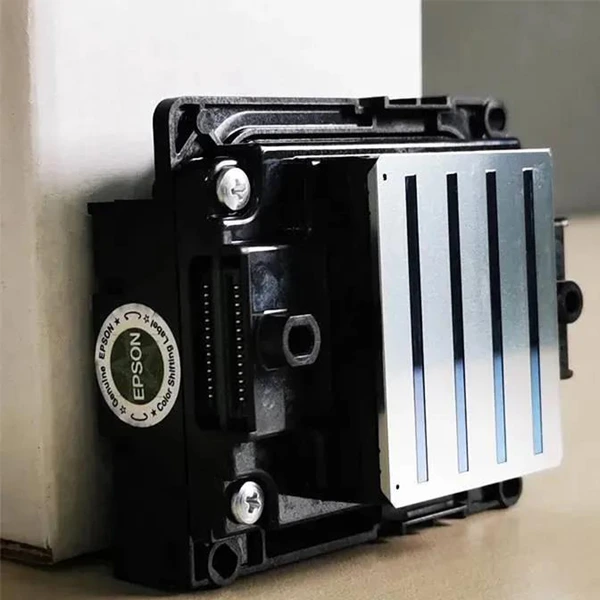
قبل الخوض في تفاصيل تنظيف رأس طابعة DTF, من المهم أن نفهم بالضبط ما هو رأس الطباعة. أ رأس الطباعة هو أحد مكونات الطابعة المسؤولة عن ترسيب الحبر على وسيط الطباعة, مثل القماش أو الورق. يحتوي على فوهات صغيرة تطلق قطرات الحبر بدقة لتكوين صور أو نص. يعد رأس الطباعة النظيف ضروريًا للحفاظ على جودة الطباعة المثالية ومنع حدوث مشكلات مثل ظهور الخطوط أو الخطوط على المخرجات المطبوعة.
لماذا يجب عليك تنظيف رأس الطابعة؟?
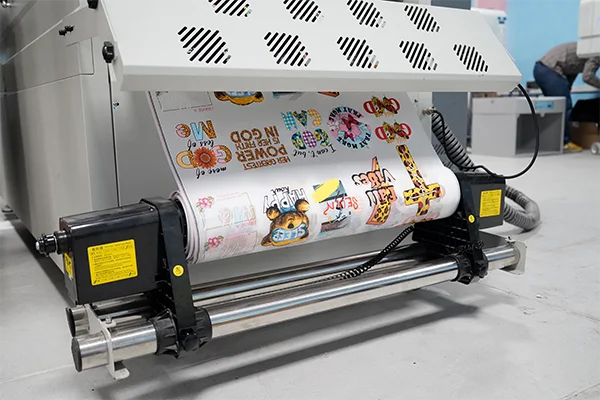
يمكن أن يؤثر رأس الطباعة المسدود بشكل كبير على جودة مطبوعاتك. عندما تصبح الفتحات الموجودة على رأس الطباعة مسدودة أو مسدودة جزئيًا, يتم تعطيل تدفق الحبر. هذا يمكن أن يؤدي إلى التوزيع غير المتكافئ للحبر, يؤدي إلى الألوان الباهتة, الشرائط, أو الخطوط الموجودة على المطبوعات. من خلال الحفاظ على نظافة رأس الطباعة, عليك التأكد من أن الحبر يتدفق بسلاسة, ضمان مطبوعات حادة ونابضة بالحياة.
علامات رأس الطباعة المسدودة
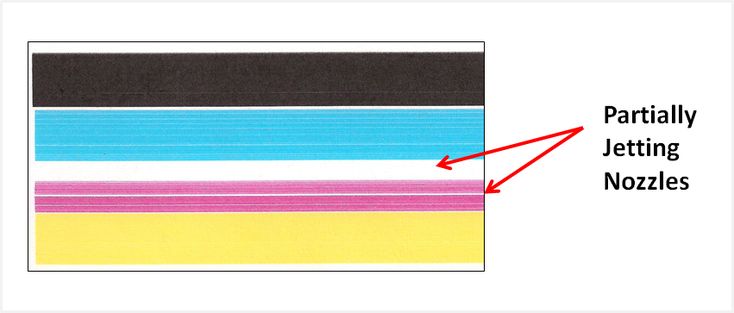
مصدر: com.pinterest
لتحديد ما إذا كنت بحاجة إلى تنظيف رأس الطباعة أو استبداله, من الضروري أن تكون على دراية بعلامات انسداد رأس الطباعة. يمكن أن يؤدي تجاهل هذه العلامات إلى مزيد من الضرر ويؤثر على الأداء العام للطابعة.
تشمل الأعراض الشائعة لرأس الطباعة المسدود ما يلي::
- مطبوعات غير متساوية أو مخططة: إذا لاحظت وجود خطوط أو خطوط على مطبوعاتك، فهذا لا ينبغي أن يكون موجودًا, فقد يكون ذلك مؤشرًا على انسداد رأس الطباعة. يؤدي الانسداد إلى تعطيل تدفق الحبر, مما يؤدي إلى طباعة غير متناسقة.
- مطبوعات باهتة: عند انسداد الفوهات, قد لا يكون الحبر مشتتًا بشكل صحيح, مما يتسبب في ظهور المطبوعات باهتة أو باهتة. يمكن أن يكون هذا ملحوظًا بشكل خاص في المناطق ذات كثافة الألوان العالية.
ما الذي يمكنني استخدامه لتنظيف رؤوس الطابعة؟
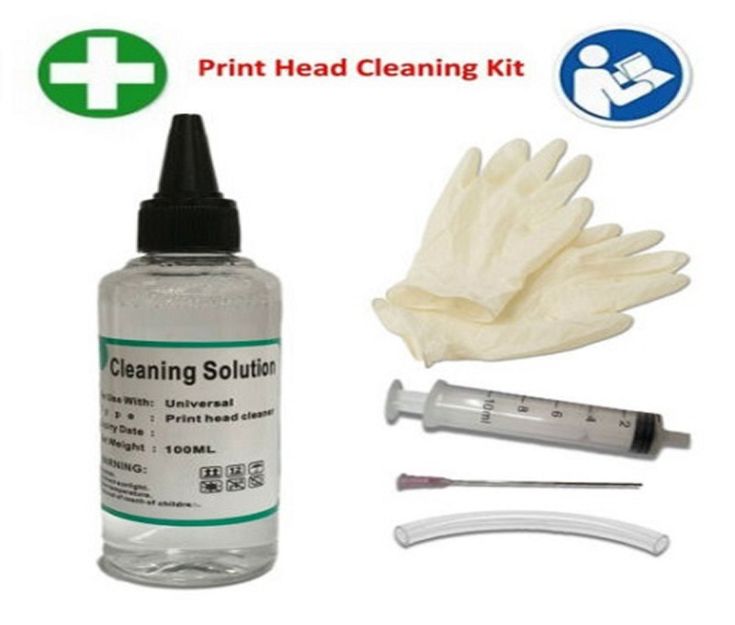
مصدر: com.pinterest
لتنظيف رؤوس الطابعة بشكل فعال, من الضروري اختيار الأدوات المناسبة ومحلول التنظيف. سيزودك هذا القسم بنظرة عامة على الأدوات اللازمة لعملية التنظيف ويقدم توصيات لأفضل حلول التنظيف.
الأدوات اللازمة لتنظيف رأس الطباعة
- ناعم, قطعة قماش خالية من الوبر: من الضروري استخدام قطعة قماش لطيفة لا تخدش أو تلحق الضرر بالمكونات الحساسة لرأس الطباعة. توفر قطعة القماش الخالية من الوبر سطحًا مثاليًا لمسح بقايا الحبر والحطام.
- مسحات التنظيف أو مسحات القطن: هذه صغيرة, تعتبر الأدوات الماصة مفيدة لتنظيف المناطق التي يصعب الوصول إليها في رأس الطباعة. إنها تسمح لك باستهداف فوهات محددة وإزالة أي انسدادات أو تراكمات عنيدة.
- المحاقن: يمكن أن تكون المحاقن مفيدة لحقن محاليل التنظيف في رأس الطباعة أو تنظيف الفوهات. إنها توفر تحكمًا دقيقًا وتساعد في طرد أي حبر أو حطام محصور.
محلول التنظيف الموصى به لرأس الطابعة
- محلول تنظيف رأس الطباعة: تم تصميم هذه المحاليل خصيصًا لإذابة الحبر المجفف وإزالة أي عوائق داخل رأس الطباعة. لقد تم تصميمها لتكون لطيفة وفعالة, ضمان التنظيف الشامل دون المساس بسلامة رأس الطباعة.
- كحول الأيزوبروبيل: كحول الأيزوبروبيل بتركيز 90% أو أعلى يمكن أيضًا استخدامه كمحلول تنظيف. إنه يتميز بخصائص مذيبة ممتازة ويمكنه تكسير بقايا الحبر على رأس الطباعة بشكل فعال. لكن, من الضروري استخدام كحول الأيزوبروبيل باعتدال وبحذر, لأن الاستخدام المفرط أو التعرض لفترة طويلة يمكن أن يؤدي إلى تلف رأس الطباعة.
عند اختيار محلول التنظيف, فمن الأهمية بمكان اتباع الشركة المصنعة للطابعة DTFالتوصيات والمبادئ التوجيهية. تجنب استخدام المواد الكيميائية أو المذيبات القاسية التي يمكن أن تؤدي إلى تآكل رأس الطباعة أو إتلافها.
4 طرق كيفية تنظيف رأس الطباعة
يمكن إجراء تنظيف رأس الطباعة باستخدام طرق وحلول مختلفة. هنا, سوف نستكشف أربع طرق تنظيف فعالة:
طريقة 1: استخدام محلول التنظيف والقماش
تتضمن هذه الطريقة استخدام محلول تنظيف مصمم لرؤوس الطباعة وقطعة قماش ناعمة لتنظيف رأس الطباعة بلطف.
إرشادات خطوة بخطوة حول استخدام محلول التنظيف لتنظيف رأس الطباعة:
- ابدأ بالرجوع إلى دليل الطابعة الخاصة بك لتحديد موقع مجموعة رأس الطباعة وإزالتها إذا لزم الأمر.
- ضعي بضع قطرات من محلول التنظيف على قطعة ناعمة, قطعة قماش خالية من الوبر.
- امسح رأس الطباعة بلطف بحركة كاسحة, ضمان تغطية كافة المجالات.
- تجنب تطبيق الضغط الزائد, مما قد يؤدي إلى تلف رأس الطباعة.
- كرر العملية إذا لزم الأمر حتى تتوقف قطعة القماش عن تجميع بقايا الحبر.
- اترك رأس الطباعة حتى يجف تمامًا قبل إعادة تثبيته.
نصائح وحيل للتنظيف الفعال:
- قم بإجراء عملية التنظيف هذه في منطقة نظيفة وجيدة التهوية لتجنب تراكم الغبار أو الملوثات على رأس الطباعة.
- كرر عملية التنظيف بانتظام للحفاظ على جودة الطباعة المثالية.
- إذا أصبحت قطعة القماش مشبعة بالحبر أثناء عملية التنظيف, استبدله بآخر جديد لتجنب إعادة نقل الحبر إلى رأس الطباعة.
طريقة 2: استخدام عدة التنظيف
أدوات التنظيف المصممة خصيصًا لرؤوس الطباعة متاحة بسهولة في السوق. تحتوي هذه المجموعات عادة على حلول التنظيف, المحاقن, وغيرها من الأدوات اللازمة للتنظيف الشامل.
نظرة عامة على أدوات التنظيف المتوفرة في السوق:
غالبًا ما تأتي أدوات التنظيف مصحوبة بتعليمات خطوة بخطوة لإرشادك خلال عملية التنظيف. وقد تشتمل على أدوات إضافية مثل المحاقن لطرد الفوهات بمحلول التنظيف.
كيفية استخدام مجموعة أدوات التنظيف لفتح رأس الطباعة وتنظيفه:
- راجع الإرشادات المتوفرة في مجموعة أدوات التنظيف للحصول على خطوات محددة حول استخدام الأدوات المضمنة ومحلول التنظيف
- اتبع الإجراءات الموصى بها لإزالة انسداد رأس الطباعة وإزالة أي بقايا حبر.
- كن حذرًا أثناء استخدام المحقنة لمنع حدوث أي ضرر عرضي لرأس الطباعة.
طريقة 3: التنظيف اليدوي بالماء المقطر
للحصول على بديل لحلول التنظيف, يمكن أن يكون التنظيف اليدوي بالماء المقطر وسيلة فعالة لإزالة انسداد رأس الطباعة.
تعليمات خطوة بخطوة حول التنظيف اليدوي باستخدام الماء المقطر:
- كما كان من قبل, راجع دليل الطابعة الخاصة بك لتحديد موقع رأس الطباعة وإزالته إذا لزم الأمر.
- ملء وعاء بالماء المقطر.
- اغمر رأس الطباعة بعناية في الماء المقطر, التأكد من غمر المنطقة المصابة فقط.
- قم بتحريك رأس الطباعة برفق لإزالة أي حبر جاف أو حطام.
- بعد بضع دقائق, قم بإزالة رأس الطباعة من الماء واتركه حتى يجف تمامًا في الهواء.
- أعد تثبيت رأس الطباعة وقم بإجراء فحص للفوهة للتأكد من حل الانسداد.
الاحتياطات الواجب اتخاذها عند استخدام الماء المقطر:
- استخدم الماء المقطر فقط, حيث أن ماء الصنبور قد يحتوي على معادن يمكن أن تلحق الضرر برأس الطباعة.
- تجنب نقع رأس الطباعة لفترة طويلة, حيث أن التعرض لفترات طويلة للماء يمكن أن يسبب أضرارًا داخلية.
طريقة 4: استخدام كحول الأيزوبروبيل
يعتبر كحول الأيزوبروبيل عامل تنظيف فعال آخر لرؤوس الطباعة, خاصة لإزالة بقايا الحبر العنيدة.
كيف يمكن استخدام كحول الأيزوبروبيل لتنظيف رأس الطباعة:
- ابدأ بالرجوع إلى دليل الطابعة الخاصة بك لتحديد موقع رأس الطباعة وإزالته إذا لزم الأمر.
- بلل قطعة قماش ناعمة أو قطعة قطن بكحول الأيزوبروبيل.
- امسح رأس الطباعة بلطف, مما يضمن لك تغطية جميع الفوهات والأسطح.
- لا تمارس الضغط الزائد.
- اترك رأس الطباعة يجف تمامًا في الهواء قبل إعادة تثبيته.
اعتبارات هامة عند استخدام الكحول للتنظيف:
- استخدم كحول الأيزوبروبيل بتركيز 90% أو أعلى لضمان التنظيف الشامل.
- تجنب استخدام الكحول المحمر أو المنتجات الأخرى التي تحتوي على الكحول والتي تحتوي على مواد مضافة, لأن هذه يمكن أن تكون ضارة لرأس الطباعة.
نصائح لاستكشاف الأخطاء وإصلاحها
حتى بعد التنظيف, قد تكون هناك حالات يظل فيها رأس الطباعة مسدودًا. في مثل هذه الحالات, من الضروري استكشاف المشكلة واتخاذ الإجراءات المناسبة.
ماذا تفعل إذا ظل رأس الطباعة مسدودًا بعد التنظيف:
قم بإجراء فحص لفوهات الطابعة لتحديد ما إذا كانت أي فوهات لا تزال مسدودة.
- إذا ظلت بعض الفوهات مسدودة, كرر عملية التنظيف الخاصة بتلك المناطق.
- إذا استمرت المشكلة, راجع دليل الطابعة الخاصة بك أو اتصل بدعم عملاء الشركة المصنعة للحصول على مزيد من المساعدة.
تحديد مشكلات الطابعة المحتملة التي قد تتطلب مساعدة احترافية:
في بعض الحالات, قد يكون رأس الطباعة المسدود علامة على وجود مشكلة أكبر داخل الطابعة. إذا اتبعت جميع طرق التنظيف ونصائح استكشاف الأخطاء وإصلاحها دون نجاح, قد يكون من الضروري طلب المساعدة المهنية. يمكن للفنيين المحترفين تشخيص وإصلاح أي مشكلات أساسية تسبب الانسدادات المتكررة.
الحفاظ على رأس طباعة نظيف
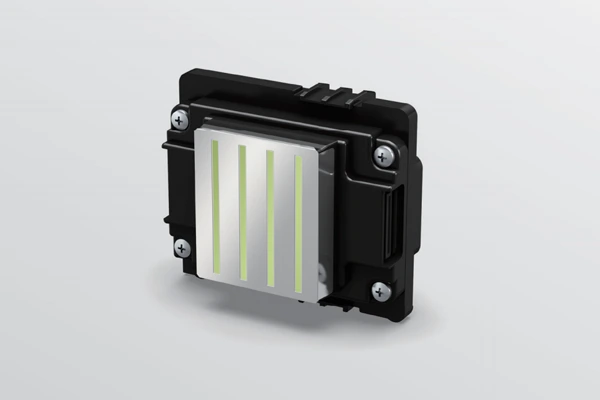
تعتبر التدابير الوقائية ضرورية لتجنب مشكلات الانسداد المستقبلية والحفاظ على رأس طباعة نظيف.
التدابير الوقائية لتجنب مشاكل الانسداد في المستقبل:
- قم بتنظيف رأس الطابعة بانتظام باستخدام طرق التنظيف المناسبة التي تمت مناقشتها سابقًا في هذا الدليل.
- تجنب ترك الطابعة في وضع الخمول لفترات طويلة, لأن ذلك قد يؤدي إلى جفاف الحبر وانسداده.
- قم بإجراء فحص للفوهة بشكل دوري لتحديد أي انسدادات محتملة ومعالجتها قبل أن تؤثر على جودة الطباعة.
أفضل الممارسات للصيانة الدورية:
- احتفظ بالطابعة في بيئة نظيفة وخالية من الغبار لمنع دخول الحطام غير المرغوب فيه إلى رأس الطباعة.
- قم بتخزين خراطيش الحبر بشكل صحيح لتجنب التسرب أو الجفاف, والتي يمكن أن تؤدي إلى انسداد.
- اتبع إرشادات الشركة المصنعة لطابعة النسيج الرقمية فيما يتعلق بصيانة الطابعة, بما في ذلك فترات وإجراءات التنظيف الموصى بها.
متى تفكر في الاستبدال
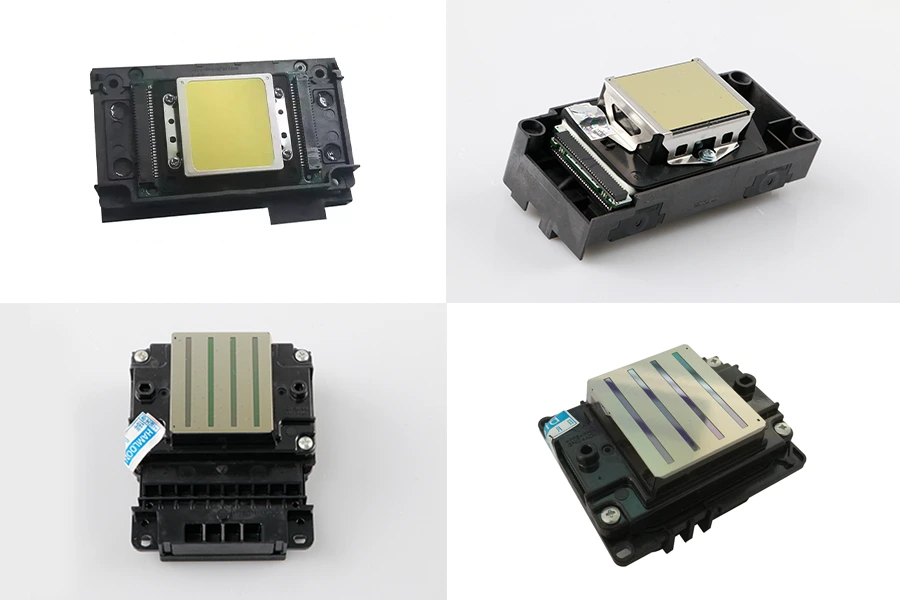
في حين أن التنظيف والصيانة المنتظمة يمكن أن يطيل عمر رأس الطباعة بشكل كبير, قد يأتي وقت يكون فيه الاستبدال ضروريًا. فكيف أعرف إذا كنت بحاجة إلى رأس طباعة جديد?
علامات تشير إلى أن رأس الطباعة الخاص بك قد يحتاج إلى الاستبدال:
- الانسداد المستمر: إذا استمر انسداد رأس الطباعة بشكل متكرر, على الرغم من التنظيف المنتظم, قد يكون علامة على ضرر لا رجعة فيه.
- جودة الطباعة غير متناسقة: إذا لاحظت مشكلات خطيرة في جودة الطباعة حتى بعد التنظيف الشامل, فقد يشير ذلك إلى أن رأس الطباعة قد وصل إلى نهاية عمره الافتراضي القابل للاستخدام.
العوامل التي يجب مراعاتها قبل استبدال رأس الطباعة:
- يكلف: قم بتقييم تكلفة الاستبدال مقابل الفوائد المحتملة في جودة الطباعة وطول العمر.
- طراز الطابعة: تحقق مما إذا كان رأس الطباعة متاحًا بسهولة لطراز الطابعة المحدد لديك.
- ضمان: إذا كانت طابعتك لا تزال تحت الضمان, اتصل بالشركة المصنعة للحصول على إرشادات بشأن الاستبدال.
خاتمة
في هذا الدليل الشامل, لقد اكتشفنا أهمية الحفاظ على رأس طابعة DTF نظيفًا للحصول على جودة طباعة مثالية. ناقشنا طرق وأدوات مختلفة للتنظيف, نصائح لاستكشاف الأخطاء وإصلاحها, التدابير الوقائية, ومتى تفكر في الاستبدال. باتباع التوصيات وأفضل الممارسات الموضحة في هذه المقالة, يمكنك التأكد من أن رأس الطابعة DTF الخاص بك يظل في حالة ممتازة, مما يتيح لك تحقيق مطبوعات مذهلة باستمرار. يتذكر, رأس الطباعة النظيف هو المفتاح للحصول على نتائج طباعة استثنائية.

